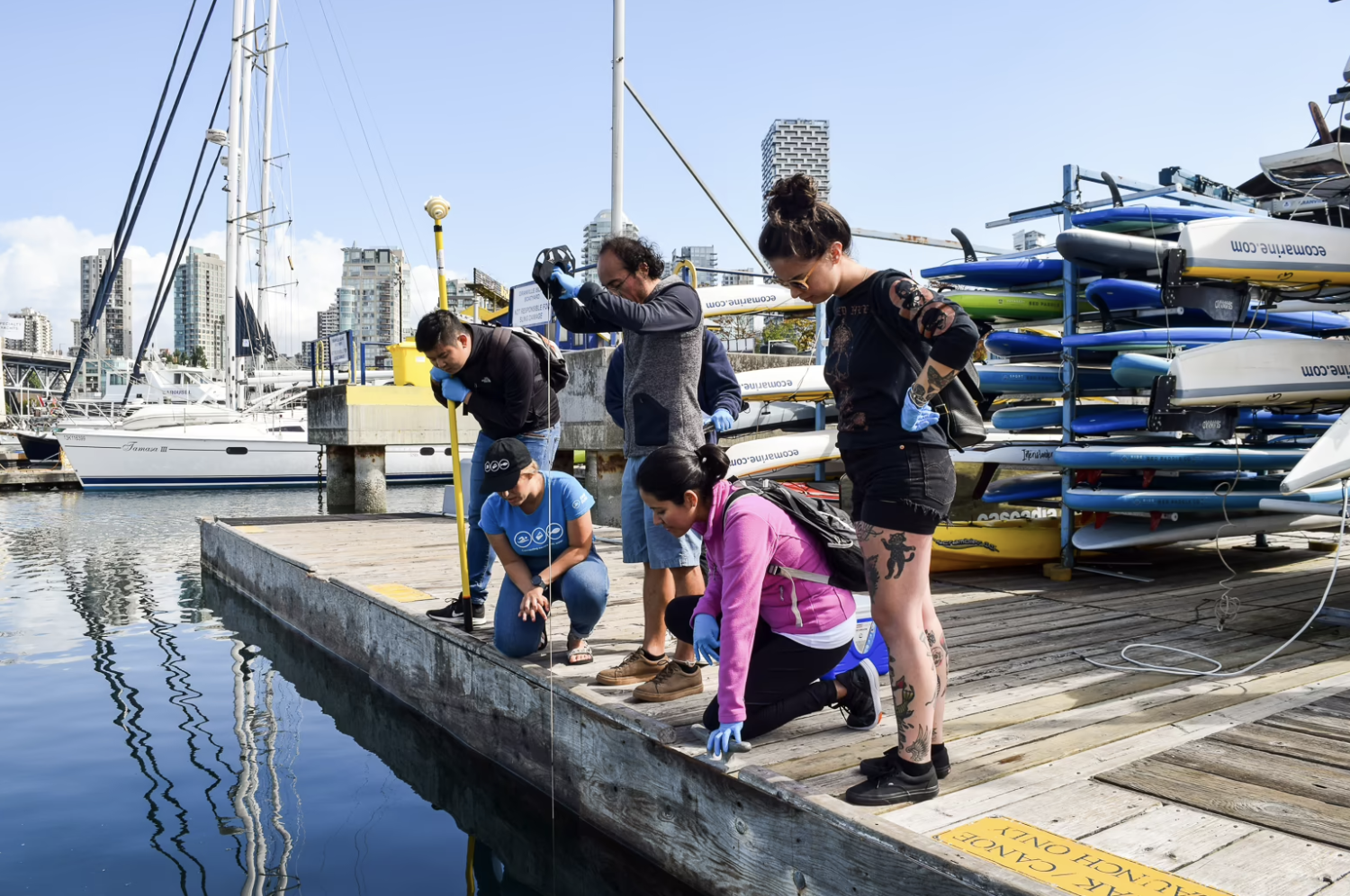
Community-Based Recreational Water Quality Monitoring Toolkit
Field Work Preparation and Monitoring
Now that you know the who, what, where, when and why you’re monitoring, it’s time to prepare all the documents you’ll need to execute your work! In this section, you’ll be introduced to the resources we use to document and track our monitoring work.
You can download or open links to templates of these documents and customize them to suit your monitoring program. If you have any questions about these documents, you may wish to refer to our Standard Operating Procedures (SOP) for Recreational Water Quality Monitoring, which has comprehensive details about why and how each of these document are used. This page covers chapters 3 and 4 of the SOP.
SECTION TWO
Documents for Field Work:
Customize your field sheets
Based on the work you’ve done in Section 1, you should now have a good idea about what you’d like to monitor (and what types of data you’d like to collect) at your site. You’ll use this knowledge to customize the field data sheets that you’ll be bringing with you to your site when you begin monitoring. The Field Sheet Customization guide will help you edit the data sheet template (right) to suit your monitoring program objectives best.
Download the Field Sheet Customization Guide
Open PDF →
View the Field Sheet Template
Open PDF →
Customize your Field Guide
The Field Guide is a document we’ve created to help you follow best-practice techniques for sample collection and data collection. It acts as your ‘cheat sheet’ for ensuring high-quality data collection. You can use the link below to access a template of that document to edit accordingly. You’ll have space to add/customize the following sections:
Add custom sample collection vessel labelling information (pg. 2)
Customize the Field Kit Checklist (pg. 2)
Add Site maps and photos (pg. 3)
Add any helpful information for data collection to the ‘Water Quality Test Guide’ (pg. 7)
Add a wildlife observations guide (pg. 12)
Add Local Safety information (pg. 14)
The field guide should be customized as best to fit your monitoring program objectives. For example, if you’re not collecting data on wildlife, you may wish to omit the wildlife observations guide.
You should ensure that your field guide reflects the information in the field data sheet you customized in Step 1.
View the Field Guide Template
Prepare your QA/QC
Download the Duplicates Sheet
Understand QA/QC Samples
Quality assurance and quality control (often abbreviated QA/QC) is the overall management system of a sampling program, which ensures the production of reliable and accurate data. Variability occurs naturally in water bodies but is also introduced during the collection and analysis of samples from these waters. QA/QC decreases the variability/ bias in a monitoring program and creates high quality data that may be accepted in the court of law, in scientific studies, or in compliance with the goals of your monitoring program.
Calibrating your equipment and preparing field, duplicate, and temperature blank samples are amongst the QA/QC plan. View the SOP for a full explanation on the QA/QC and edit the documents below for reflect your monitoring plan.
YSI Calibration Guide
Edit your Kit List to Reflect your Monitoring Plan
Download the Kit List
This document contains a comprehensive list of all the items you may be bringing with you into the field for monitoring. We find this list helpful to print out and put on the wall of our lab so we ensure we don’t forget to bring anything with us. You can edit a template version of this list by using the link below.
Now that you have your field documents created, you’re ready to move on to learning more about laboratory work and processing and analyzing your samples. Section Three outlines the documents and materials used in the laboratory.
NEXT SECTION




